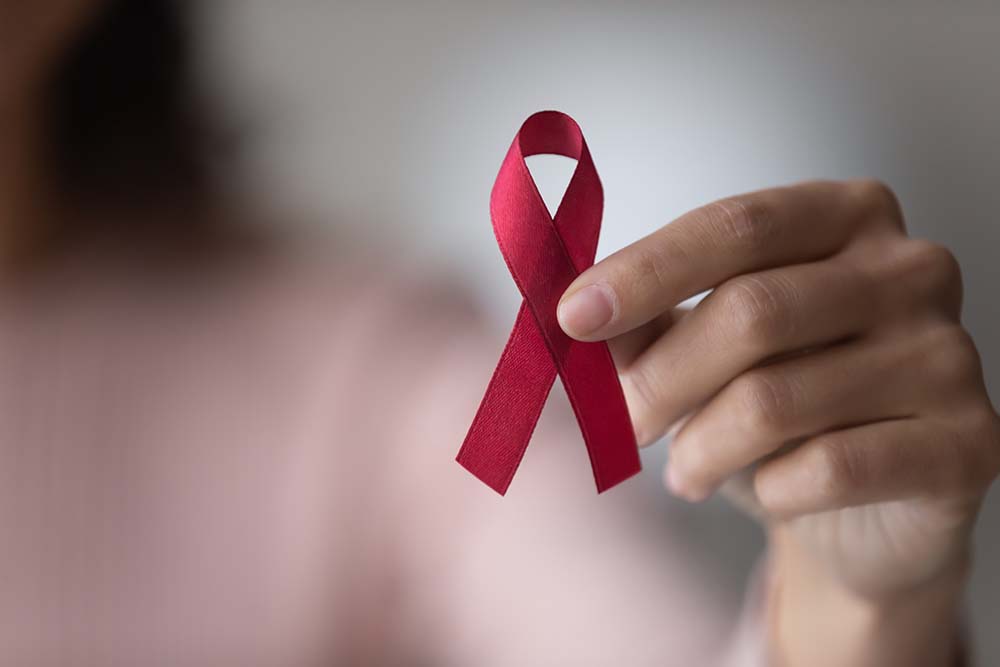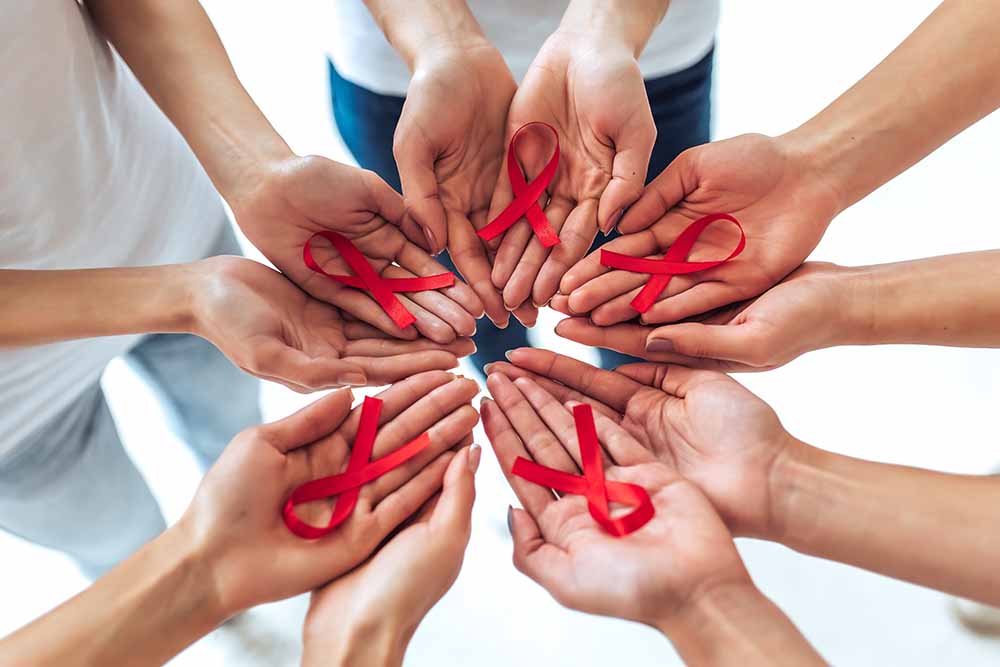Of the 2.5 million estimated HIV/AIDS positive individuals in India, around one million are women. They are more vulnerable to the disease due to socioeconomic and biological reasons. Sexual abuse, violence, and early marriage are the main factors that increase a woman’s risk of HIV infection. Due to their biological construct, women are more likely to contract HIV during any heterosexual interaction.
The persistence of gender-based violence, cultural norms that restrict women’s and girls’ bodily autonomy, full and equal participation in their economies and societies, and access to essential services are some of the factors that contribute to the lack of success in reducing HIV infections.

The Global Scenario
Globally, over 10 per cent of women between the ages of 15 and 49 were subjected to physical or sexual abuse at the hands of an intimate partner over the past year, which heightened their risk of contracting HIV by 50 per cent. Over 512 billion hours of unpaid care are provided by women and girls, including care for family members and community members who are HIV positive. If the current pace continues, it might take an additional 286 years to repeal laws that discriminate against women, and those that restrict their access to sexual and reproductive health care as well as their bodily autonomy. Every day, young women impacted by HIV and AIDS fight to have their needs, rights, agency and voice acknowledged.

India Today
• Women are typically denied the option of abstinence or condom use because societal conventions dictate that they are not meant to be sexually knowledgeable. Sex workers are particularly affected by this, as they experience double stigma and marginalisation.
• According to prevailing notions about masculinity and femininity, women typically have little negotiation or control over their sexual lives, including within a marriage.
• The only way to contain the HIV epidemic is through behavioural change. Women often lack access to information and education, more so in poverty-stricken communities.
• HIV/AIDS and violence against women are still intricately linked; women might be infected with HIV through rape, incest, attacks by friends or family, trafficking, or occupational violence.
• Women have poor access to health services due to their lack of decision-making authority in the family and dearth of attention to their health. They are typically less mobile than men, which limits their access to resources and information.
Government Measures To Create Awareness
To combat the HIV/AIDS epidemic in the nation, the Indian government established the National AIDS Control Programme (NACP). In comparison to the baseline figure of 2010, the annual number of new HIV infections has decreased by 48 per cent, and the NACP aims to reduce AIDS-related deaths and new infections by 80 per cent. The reduction in AIDS-related deaths is 82 per cent.
Adolescent Education Programmes in schools, Red Ribbon Club Programmes in colleges, and Out-of-School Adolescents Programmes in the community are being implemented by State AIDS Control Societies (SACS) to engage adolescents in raising awareness about HIV/AIDS.
Additionally, UNAIDS offered a three-point plan to empower local communities, so they can take the lead in the battle against AIDS. These include placing communities in positions of leadership, giving them adequate resources, and creating a legal framework that supports their participation in the delivery of HIV care.

In its yearly World AIDS Day report, UNAIDS emphasised that with the right resources and community support, the ‘end of AIDS’ can still be achieved by 2030.